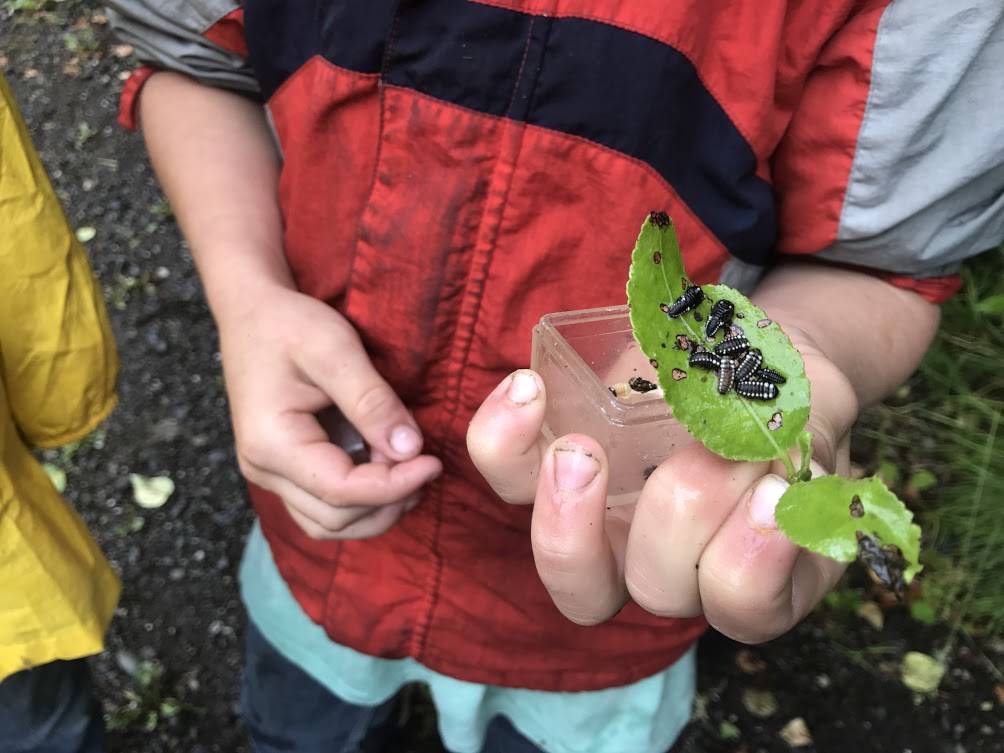Circled up on the floor of a yurt just a couple hundred yards from the Kenai River, a group of campers learn about the ecosystem that surrounds them during the Kenai Watershed Forum’s Adopt-A-Stream Camp.
The camp brings the forum’s Adopt-A-Stream program outside of the classroom and into a more hands-on environment for one week in the summer, where campers spend the week testing water, hunting for insects and exploring the watershed that surrounds them. The camp has been running all summer long, alternating between the Adopt-A-Stream focus for children aged nine to 12 and a more art-based program for younger children.
“We’ve been trying to get a feel for what the kids are interested in at the beginning of the week,” Camp Director Melissa Steritz said. “Sometimes we get a group that is really into painting, so we’ll do more painting, but each group gets a whole day focused on water and different types of pollution. Then they get a whole day focused on birds, a whole day for mammals, called furry friends, and then we have our plants day on Friday.”
Plants day, Steritz said, seems to be the most popular day with campers as they travel throughout the wooded area surrounding Soldotna Creek Park and identifying the trees and adopting a tree of their own to care for all year long.
“We have games that go with every day’s lessons and we try to give them as much outdoor time as possible,” Steritz said.
On Wednesday, the focus is bugs and the campers collect bugs to identify under microscopes, but they keep an eye out for other interesting finds in nature.
Throughout a twenty minute nature walk, the campers found fungi and a wasp’s nest, cleaned up some monofilament and see a few sockeye get reeled in from the Kenai River.
“Camp has been awesome,” said camper Lizzy Thompson. “My favorite part has been, everything really. I’ve learned that bugs have their heart on their butt. At camp yesterday we learned about mammals. I knew most of the stuff because I’ve come here four or five times because it’s awesome.”
The camp isn’t just a learning experiences for the campers.
“I really like working here,” said Alex Bergholtz, a second year camp instructor. “I really like teaching and want to be a teacher, so this helps me a lot with practicing lesson plans and working with children.”
The camp will continue to run for a few more weeks, until the school year starts, keeping kids busy learning about the ecosystem that surrounds them and how it is all related.
“I use the example of the salmon bodies,” Steritz said. “They are giving their nutrients to the whole ecosyystem after they spawn and die… (It shows) the campers the interconnectedness of nature, how we are all are a part of it, how delicate the system can be. Every action we take needs to be thoughtful and considerate to the other species around us.”

